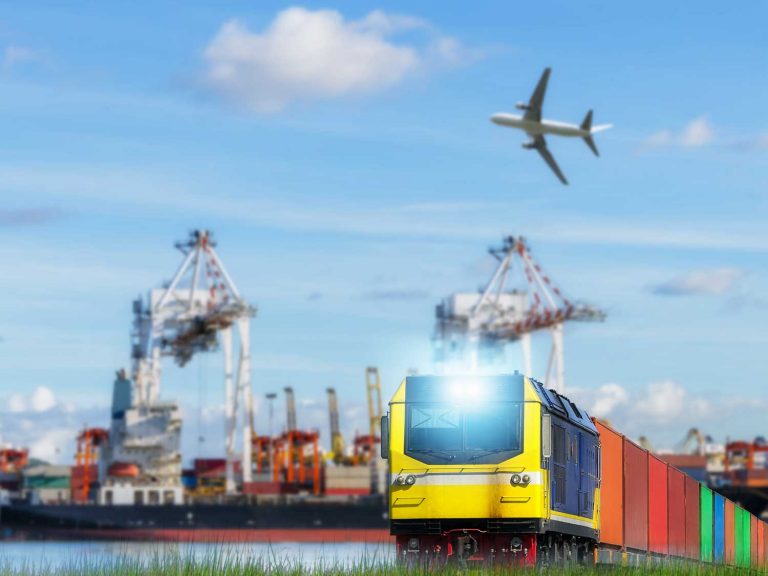
Date:
Covid19 impact on logistics and global trade
In this unprecedented pandemic, trade is essential to save lives and livelihoods, which means supply chains need to operate at some level of normality, to keep that trade flowing.
The OECD Interim Economic Outlook in March forecast global growth halved to 1.5%, but their most recent estimates now suggest an unprecedented collapse in the first half of 2020 – an almost 13% decline in global GDP.
But, as stated by the OECD, keeping trade flowing requires co-operation and trust, that the market will supply essentials, that countries will not impose export restrictions, and that imports do not pose health risks.
This is a particular challenge at a time of trade tensions, where the international trading system was already subject to an increased number of new restrictions, distortions and tariff increases.
Many companies are hugely reliant on production and supplies in China, Southeast Asia and other low-cost regions, and these are being forced to rethink their supply chains and their stability and reliability for an uncertain future.
The overall impact of the outbreak and the resulting emergency measures on international trade remain to be seen, but it is clear that business has suffered operational disruptions, which has included everything from mitigating the effects of reduced supply, to managing disruptions to logistics and meeting their own contractual obligations to customers.
Metro leverage established relationships and volume agreements with all the major shipping alliances and airlines to pro-actively keep our customers global supply chains moving
AIR
Air freight rates from China are firming, ironically as PAX freighter capacity is withdrawn, because current rate levels are not sustainable to make their operation viable.
Demand to Americas and Indian Subcontinent is high, so carriers are feeding into these routes offering higher yields.
General commodities demand is returning to the air freight market, as their backlog stocks run down, but there is still very little PAX travel from China to Europe so no uptick in belly-hold volumes.
SEA
On sea the Asia-Europe trade had seen 18 of 189 scheduled blanked sailings being re-activated and two announced on Asia-Europe routes in the past week. This does not mean that demand has come back to normal — in fact global demand dropped 15.9% in April and 11.4% in May — but rather that the carriers seem satisfied with the level of blanked capacity already announced.
The shipping alliances may face the protest of their capacity management strategies being called into question, as two of the five US Federal Maritime Commissioners say they want to take a closer look at how the agency monitors blank sailings.
RAIL
Double-digit increases have not been uncommon for China-Europe rail services in recent years, but the coronavirus pandemic and subsequent capacity crunch in air and ocean have sent volumes through the roof since March, once China’s lockdown was mostly over. According to China Railway, there were 5,122 China-Europe freight trains in the first half, up 36% year on year. Last month alone there were 1,169 trains, another new record.
Major congestion is taking place on most services at the China-Kazakhstan border which has caused a huge bottleneck, rippling back to impact nearly all services, with delays lasting upto 2-3 weeks.
